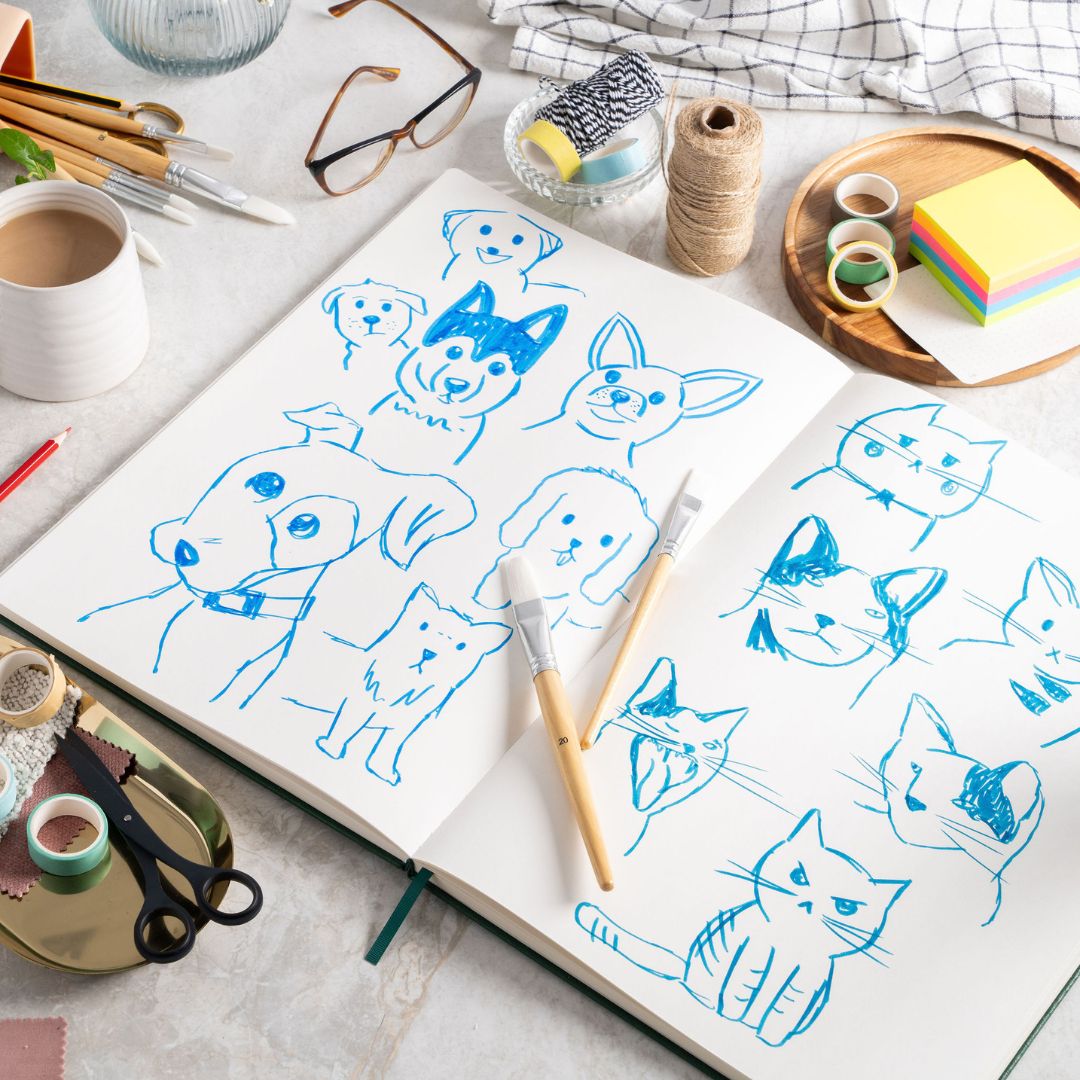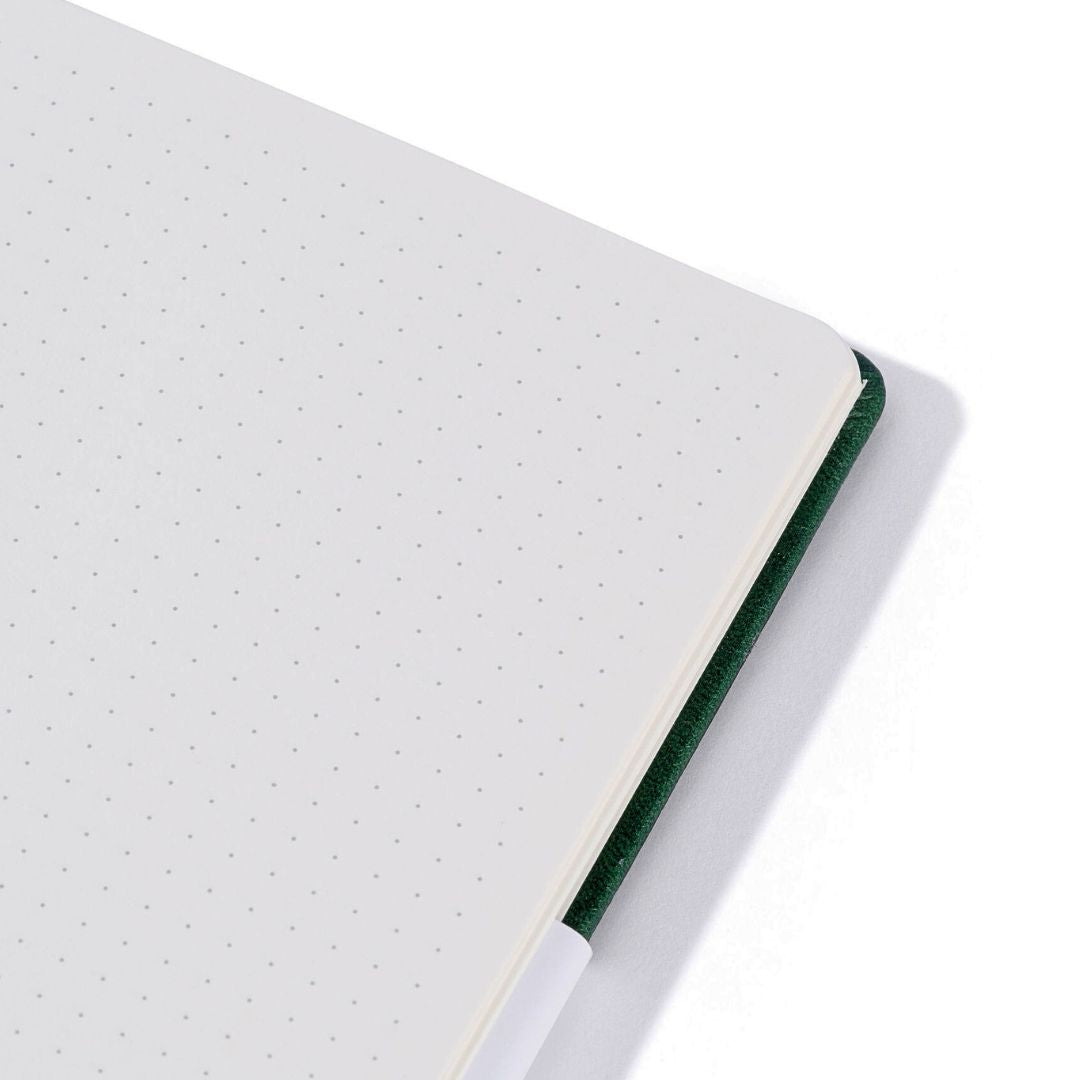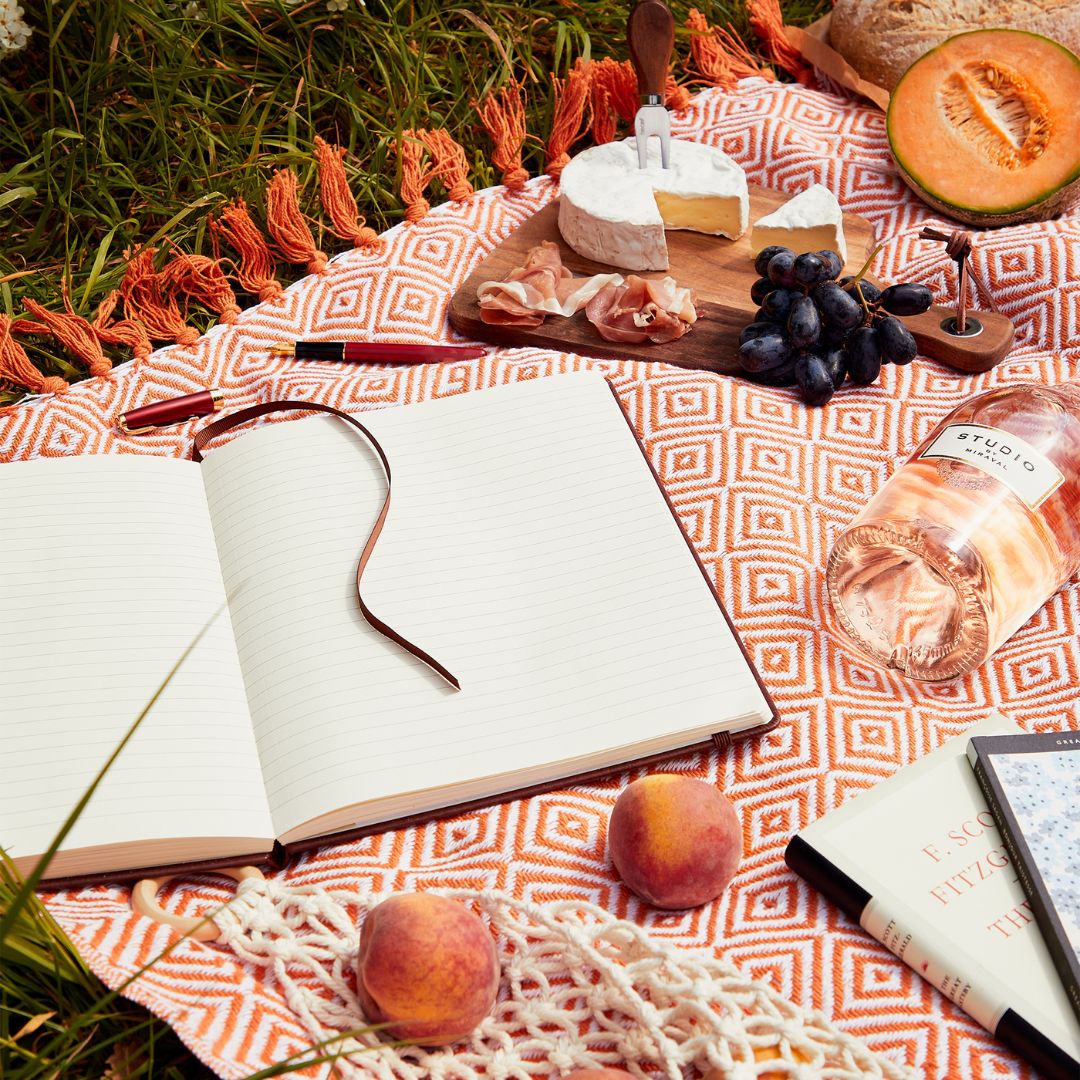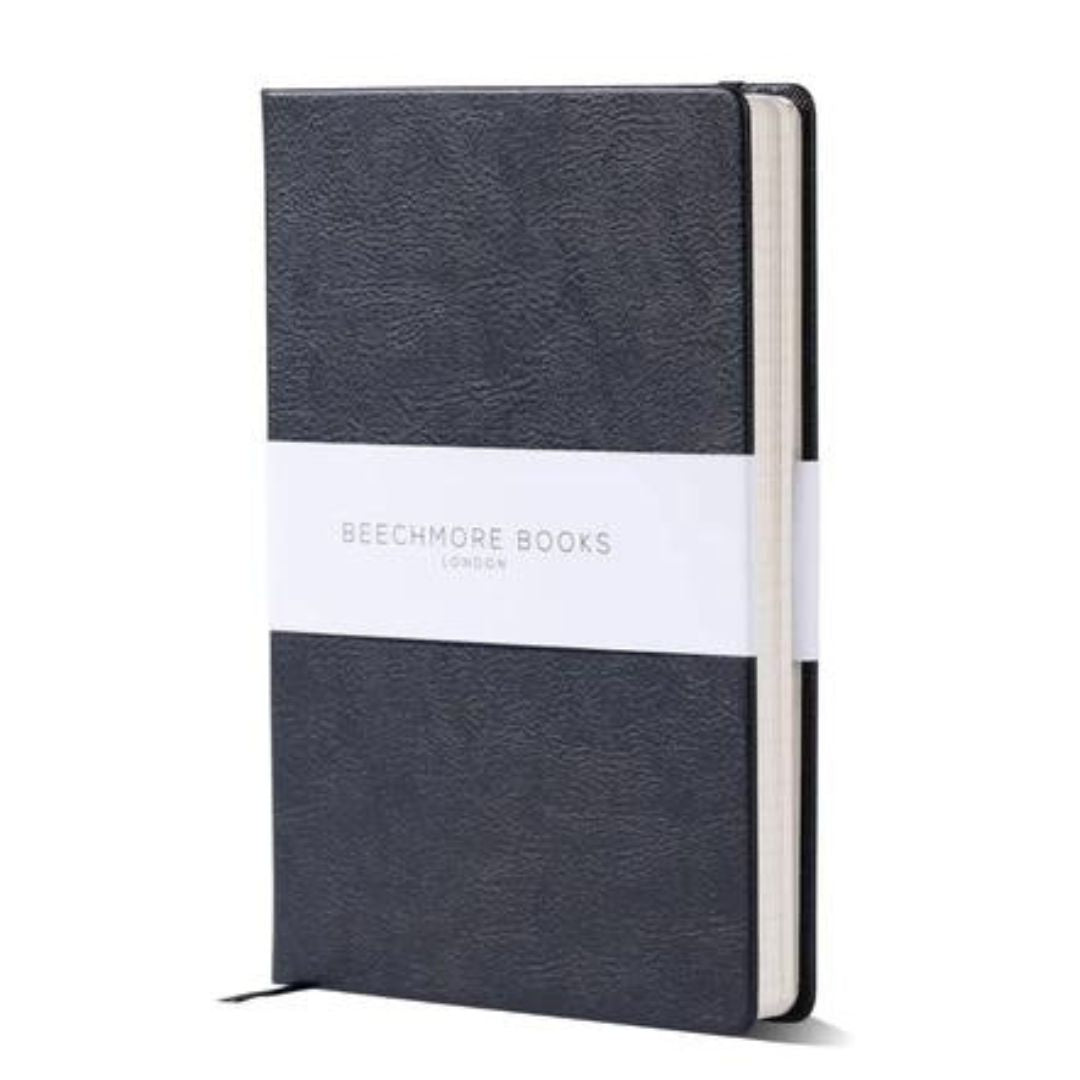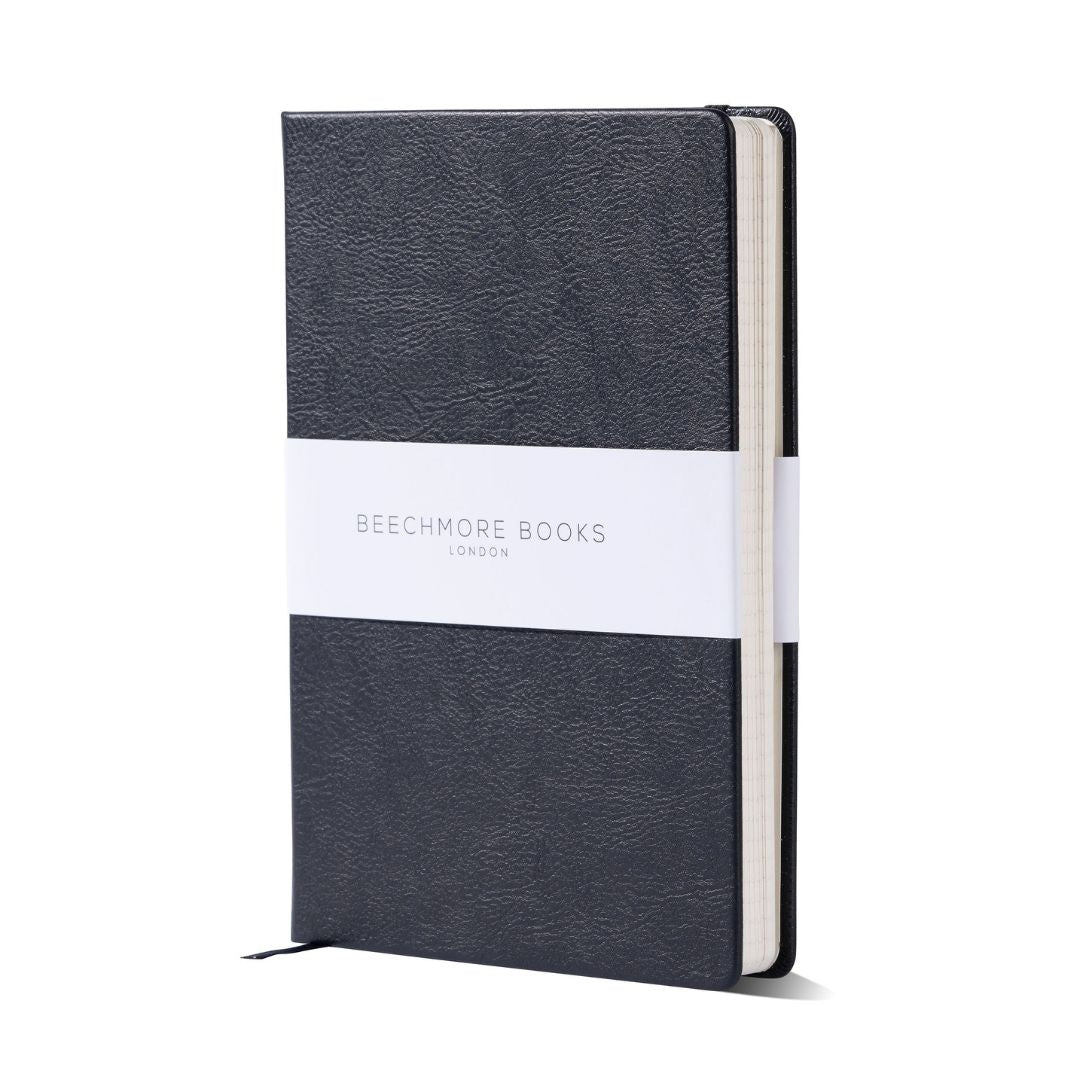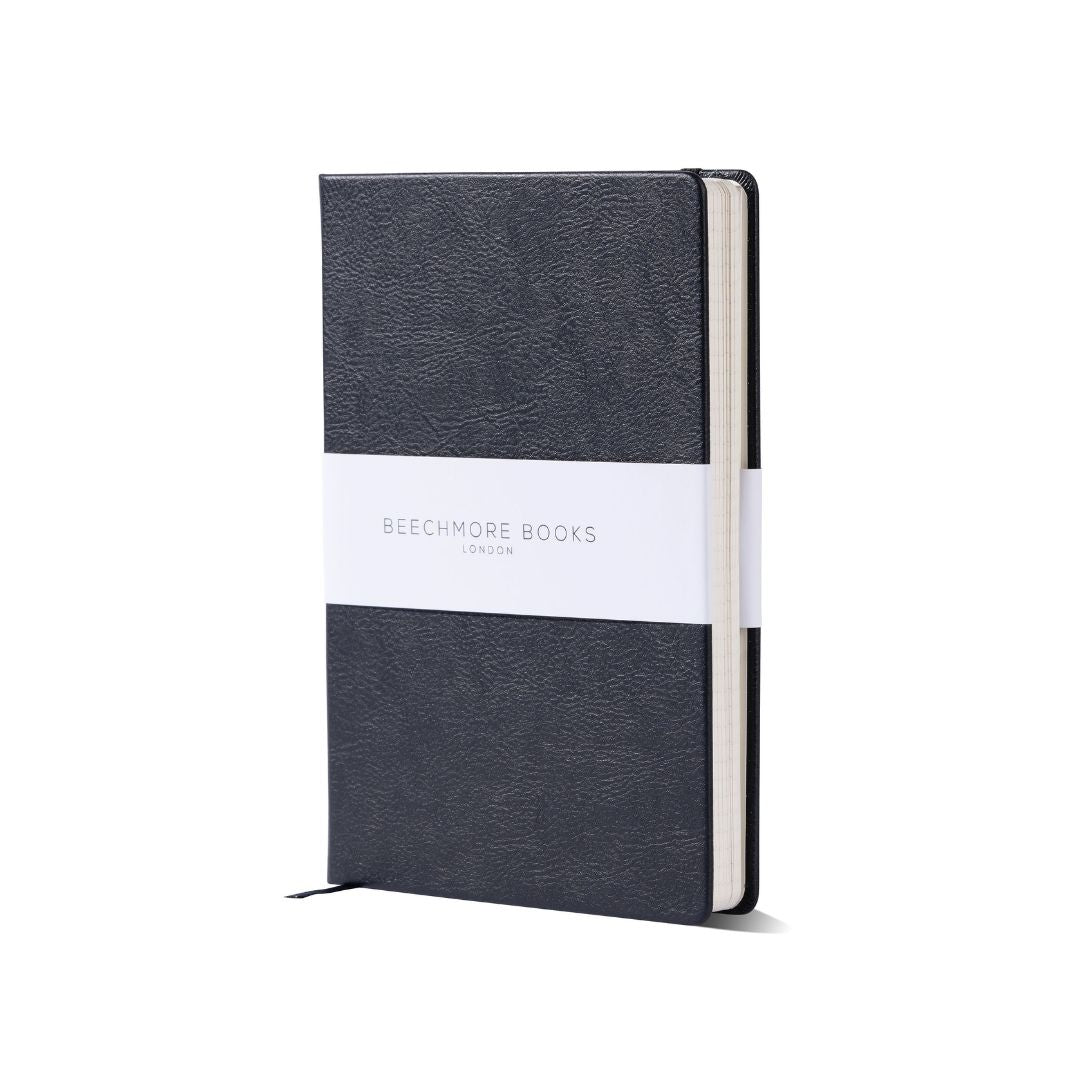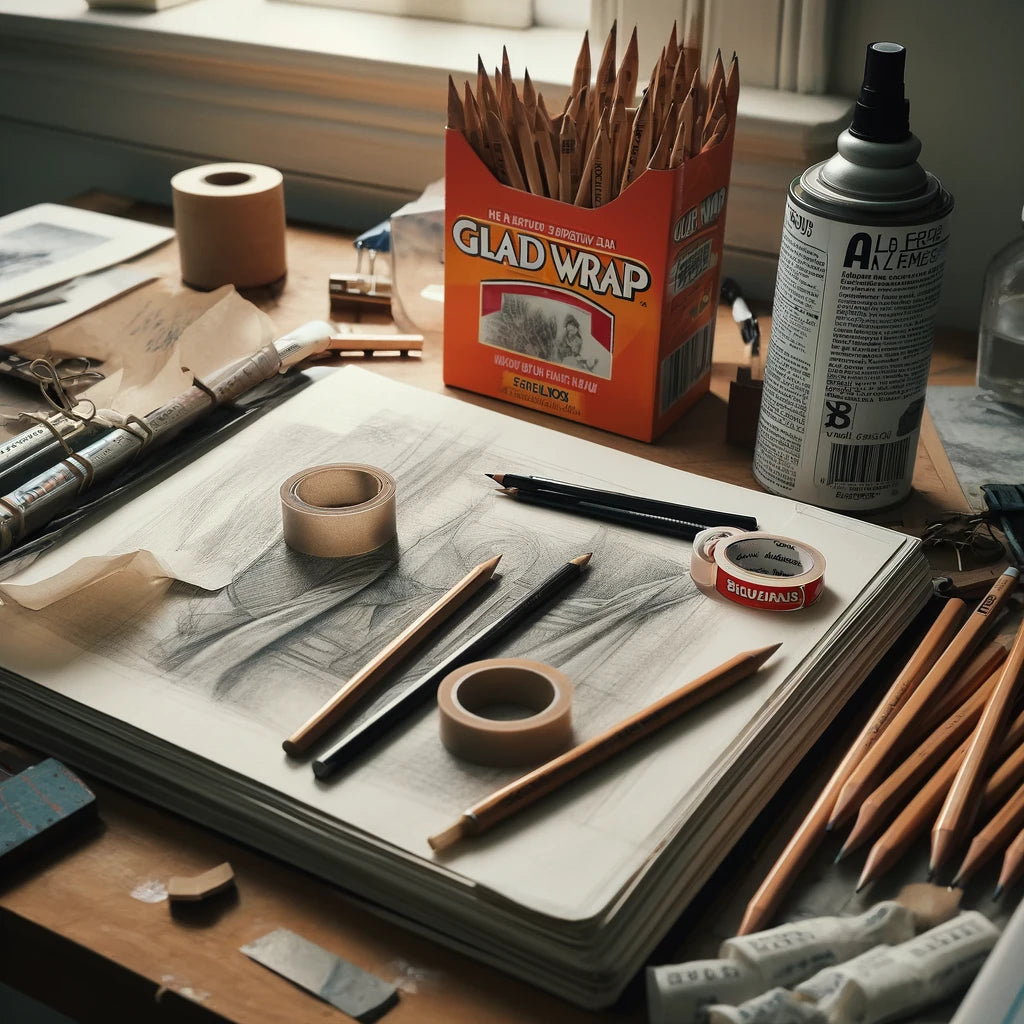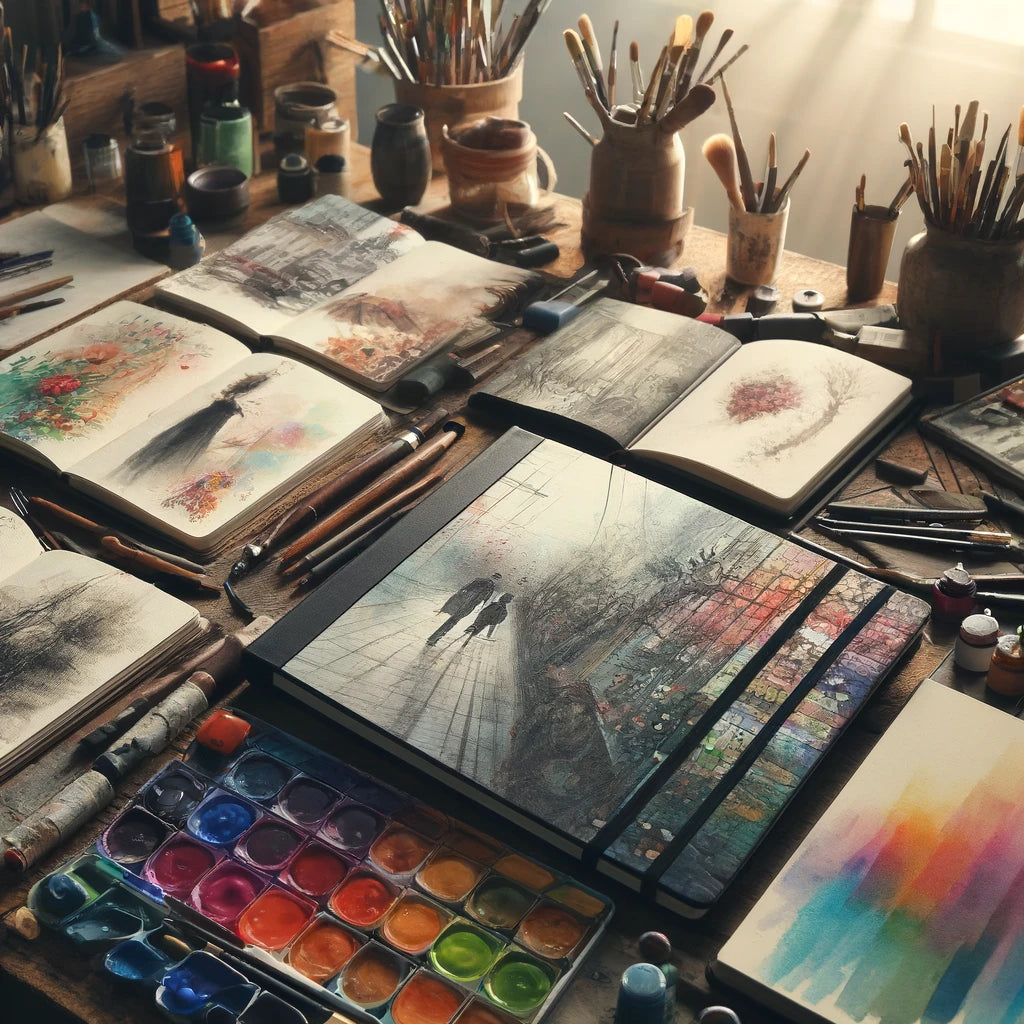Artists know, finding that perfect watercolor sketchbook feels like striking gold. It's not just about paper quality or binding style; it’s about how every stroke of color breathes life into your vision. Whether you’re an urban sketcher capturing bustling city scenes or a studio artist focusing on intricate landscapes, the choice of sketchbook is pivotal. But with a sea of choices at your fingertips, figuring out where to kick things off can be tricky, right? Let's dive into what really sets some books apart from the masses of just-okay reads.
Table Of Contents:
- Choosing the Best Watercolor Sketchbook for Your Needs
- Top 10 Watercolor Sketchbooks for Artists
- Watercolor Sketchbook Paper: Understanding the Basics
- Watercolor Sketchbook Techniques and Tips
- Caring for Your Watercolor Sketchbook
- Conclusion
Choosing the Best Watercolor Sketchbook for Your Needs
When it comes to choosing the perfect watercolor sketchbook, there are a few key factors to consider. The right sketchbook can make all the difference in your artistic journey, whether you're a beginner or a seasoned pro.
Factors to Consider When Selecting a Watercolor Sketchbook
First and foremost, think about the watercolor paper itself. Look for paper that's thick enough to handle lots of water without buckling or warping. Cold press paper is a popular choice for its slight texture, which helps the paint grab onto the surface. Next, consider the size and binding of the sketchbook. Do you want something portable for urban sketching on the go? Or a larger book for more detailed studio work? Hardbound sketchbooks offer durability, while spiral-bound books lay flat for easy painting. Don't forget about the brand reputation and quality. Opt for reputable art brands known for their high-quality materials.
Top 10 Watercolor Sketchbooks for Artists
Top contenders include Beechmore Books Sketchbooks, Moleskine's Art Collection Watercolor Albums, Strathmore's Hardbound Art Journals, and Handbook's Travelogue Watercolor Journals. All of these offer high quality paper in a range of sizes and bindings. Whether you're looking for the perfect sketchbook for travel or studio work, there's an option out there for every artist. Invest in a quality book and watch your watercolor skills soar.
Watercolor Sketchbook Paper: Understanding the Basics
To really master the art of watercolor, it's important to understand the fundamentals of the paper you're working with. Let's break down some key terms and concepts. Cold press watercolor paper has a slightly textured surface, which helps the paint grab on and allows for a variety of techniques like dry brush or lifting. Hot press paper, on the other hand, has a smooth surface that's ideal for detailed work or when you want to minimize texture.
Paper Weight: GSM Explained
In Beechmore Books Sketchbooks, we utilize paper that is robust enough to support your creativity. While traditional watercolor papers are often around 300 GSM, providing a substantial foundation for heavy washes and texture work, our sketchbooks use a slightly lighter, yet sturdy 160gsm paper. This makes them versatile for both students and professionals who use various techniques but need more practicality for everyday use.
Acid-Free and pH-Neutral Paper
To guarantee the longevity and vibrancy of your watercolor artworks, it's essential to select acid-free, pH-neutral paper. Beechmore Books Sketchbooks are designed with this in mind, ensuring that your creations don't yellow or become brittle as they age. Additionally, our paper is crafted with a focus on even water absorption, which is critical for achieving optimal paint flow and color vibrancy.
By choosing Beechmore Books, you benefit from high-quality, internally sized paper that handles watercolors beautifully. This not only enhances your painting experience but also preserves the quality and appearance of your artwork over time, allowing you to create with confidence and preserve your art for future generations.
Watercolor Sketchbook Techniques and Tips
Now that you've got the perfect sketchbook and a solid understanding of watercolor paper, let's dive into some tips and techniques to take your paintings to the next level.
Sketching on the Go: Portable Watercolor Setup
For urban sketchers and plein air painters, a lightweight and portable setup is key. Pack a small watercolor sketchbook, a compact paint set, a water brush or small container, and a minimal selection of brushes. Keep it simple and focus on capturing the moment. A small clip-on palette lets you mix colors right on your sketchbook for easy access.
Layering and Building Up Color
Watercolor painting is all about layering transparent washes to build up depth and vibrancy. Start with light washes and gradually add darker tones, letting each layer dry completely before adding the next. Use the white of the paper as your highlights and plan your washes carefully. Mix colors on your palette or directly on the paper for a variety of hues and effects.
Creating Textures and Effects in Your Sketchbook
Experiment with different techniques to add visual interest to your sketches. Try sprinkling salt on wet paint for a mottled effect, or blotting with a tissue to lift color for clouds or highlights. Use masking fluid to preserve white areas, or splatter paint with a toothbrush for an energetic, abstract look. The unique texture of your sketchbook paper can also create stunning effects, so embrace those happy accidents. With practice and experimentation, you'll develop your own signature style and techniques. The beauty of a sketchbook is that it's a safe space to play, learn, and grow as an artist. So don't be afraid to make mistakes and try new things - that's how beautiful art is made.
Caring for Your Watercolor Sketchbook
You've put so much time, effort, and creativity into filling your watercolor sketchbook - now it's time to make sure it lasts for years to come. With proper care and storage, your sketchbook can become a treasured keepsake and a record of your artistic journey.
Protecting Your Sketchbook from Damage
First and foremost, invest in a sketchbook with hard covers for added protection against bends, scratches, and dings. Look for features like an elastic closure or ribbon bookmark to keep everything secure. When you're out and about, store your sketchbook in a protective sleeve or case to prevent damage. Be mindful of what you store next to it - pens or markers could bleed through the pages if they leak.
Storing and Archiving Completed Sketchbooks
Once you've filled a sketchbook, store it in a cool, dry place away from direct sunlight. Consider investing in archival boxes or portfolios for long-term storage. If you want to display select pages, use acid-free photo corners or hinging tape to mount them, rather than glue or tape that could damage the paper. You can also digitize your favorite sketches by scanning or photographing them for easy sharing and reprinting. With a little thoughtful design and environmental attention, your watercolor sketchbooks will remain a source of inspiration and pride for years to come. So fill them with your wildest dreams, your boldest experiments, and your most treasured memories - they're a reflection of your unique artistic voice and vision.
Picking the right watercolor sketchbook comes down to paper quality, size, and brand. Look for thick, cold press paper that won't buckle with water. Choose a size that fits your style—portable for on-the-go or larger for studio work. Brands like Beechmore Books, Etchr and Moleskine offer top-notch options.
Conclusion
As we've dived into the colorful world of watercolor painting, it's become clear that not every book on the subject is cut from the same cloth. The ideal watercolor sketchbook isn't just an accessory; it's a gateway to unleashing creativity, transforming blots and strokes into masterpieces worth cherishing. Remember, each page holds potential – from rough first drafts to final vibrant vistas waiting to be discovered by others or revisited by you in moments of reflection. So go ahead, let your artistic flair flourish within those pages because at its heart this quest is really about finding home ground where every splash tells part of your story.

